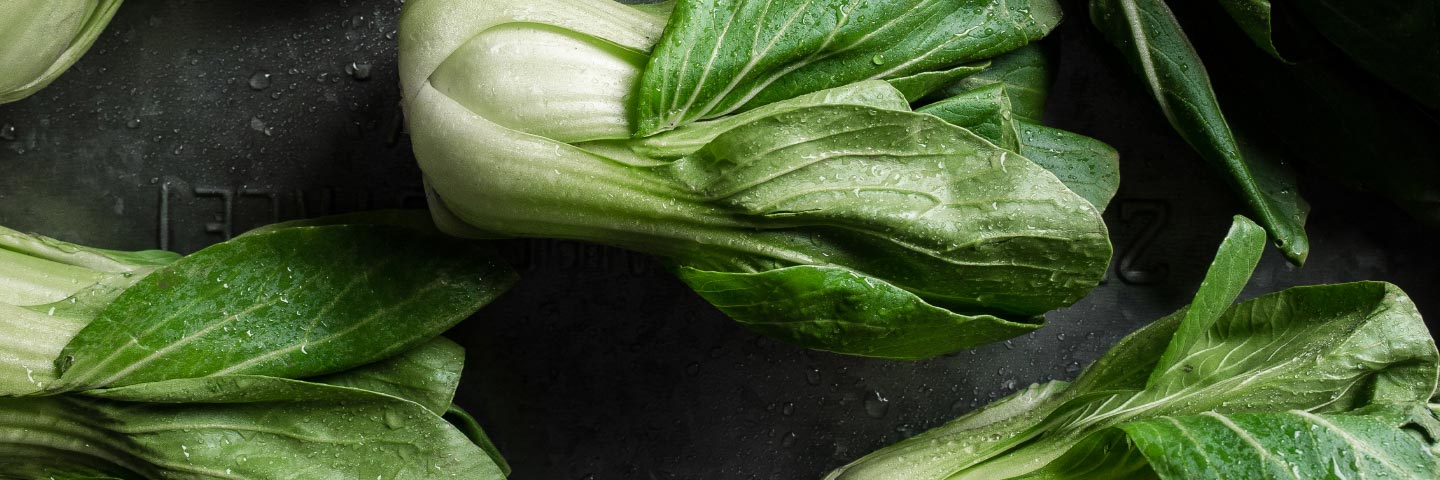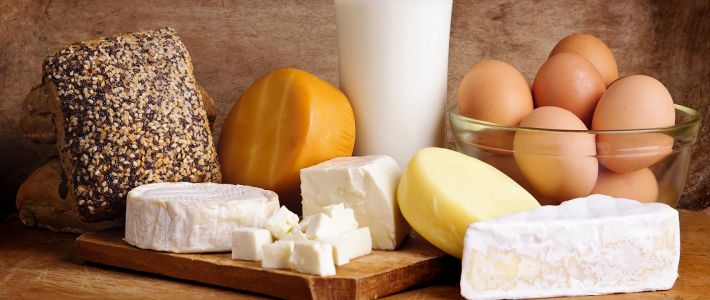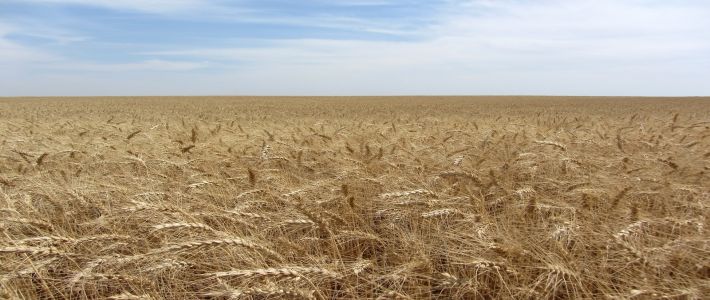
Visit our other sites
-
Fapas - Proficiency Testing
Globally recognised provider of proficiency tests, running over 400 tests annually across an extensive range of matrices and analytes
-
Great Crested Newts Testing
A single sample taken by an ecologist at any time during the newt breeding season can determine their presence or absence, saving you time and money

Method Used
LC-MS/MS
LOD (limit of detection)
0.01 mg/kg or lower if required
Accreditation
ISO17025
Standard Turnaround Time
10 working days
This procedure is for simultaneous analysis of chlormequat and mepiquat in a wide range of sample matrices. The methodology both identifies (screen) and quantifies residues within your food sample using state of the art liquid chromatography tandem mass spectrometry (LC-MS/MS) equipment. This data can ensure your production processes are fit for purpose, as well as providing strong evidence to regulators and consumers about the safety of your foodstuffs and compliance with various regulations, including Maximum Residue Levels (MRLs).
Fera acts as the National Reference Laboratory for the analyses of pesticide residues. We employ leading experts to carry out tests to confirm that food complies with regulatory requirements; ensuring consumers are not exposed to unacceptable levels of pesticide residues.
Chlormequat and mepiquat are plant growth regulators, widely used in cereal crops (e.g. oats, wheat, barley) to reduce cell elongation resulting in thicker, sturdier stalks to prevent lodging. This minimizes crop losses and facilitates the efficient harvesting of crops. The strengthened plants also provide improved yields.
In many non-EU countries, chlormequat and mepiquat are also used to increase branching and flowering in fruit and vegetable crops and to prevent premature fruit drop. This use is not approved in any EU countries and any residues detected in fruit (e.g. pears, grapes) are likely to exceed the MRLs of these analytes.
The biological activities of these pesticides are therefore beneficial to growers and can result in their improper use, such as overuse or incorrect harvest intervals. This can cause excessive residue levels to be found within foodstuffs, with various significant and potential harmful effects for consumers. As a result, strict regulations are enforced around the world to ensure the safety of foodstuffs for consumers, as well as ensuring production processes and the use of pesticides are correct.
Measurement of the levels of these compounds can provide the evidence required to assure regulators and consumers that these pesticides have been correctly used by farmers, adhering to good agricultural practice (GAP).
Through our industry accepted comprehensive multi-residue and single residue methods, we can accurately detect and quantify levels of a range of pesticide residues within your foodstuffs to meet regulation and protect consumers. Our fast turnaround times (1-10 working days) to ensure your results reach you quickly and you can address any potential issue in timely fashion. Our analysis requires only 100 g sample of your foodstuff to ensure accurate analysis, but a bigger sample (typically 1 kg) may be required to comply with EU and Codex regulations.
Our experts can test for chlormequat and mepiquat individually as well as a combined test.
Please contact us to discuss volume discounts.
| Detail | Specification |
|---|---|
Standard Turnaround Time | 10 working days |
Method Used | LC-MS/MS |
LOD (limit of detection) | 0.01 mg/kg or lower if required |
Accreditation | ISO17025 |
Chlormequat and Mepiquat Chloride Analysis
Add Samples
Your Current Samples
Please review your sample(s). Additional sample charges may apply where applicable.
There are no samples associated with this product at this time

Copyright © 2025 Fera Science Limited (“Fera”). All rights reserved.
For further information about how Fera uses any personal data collected from you, please see our Privacy Notice at www.fera.co.uk/privacy-policy.




